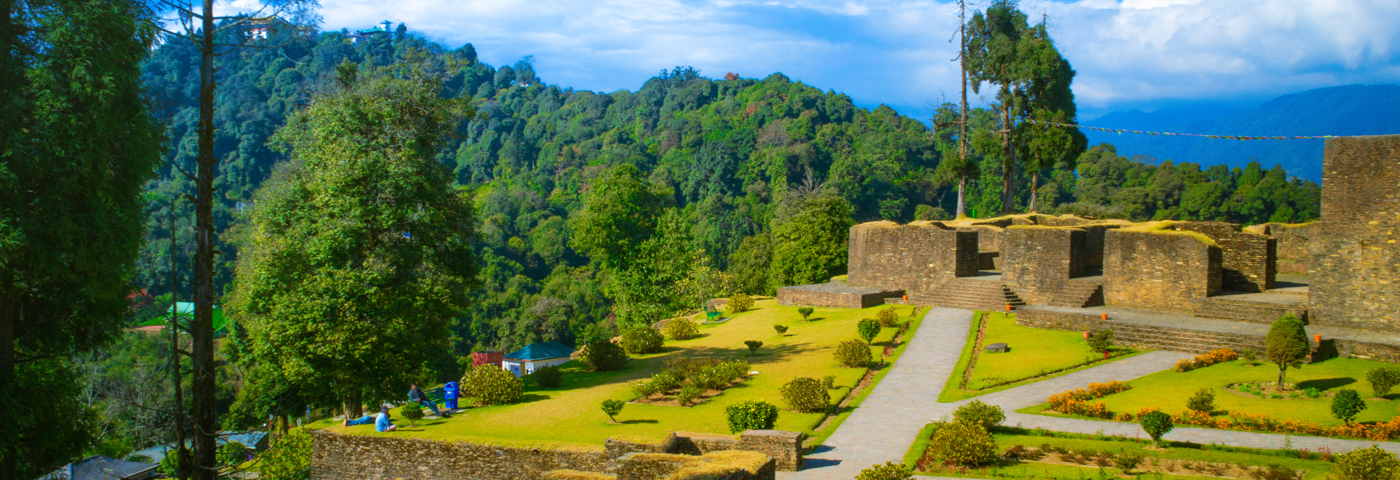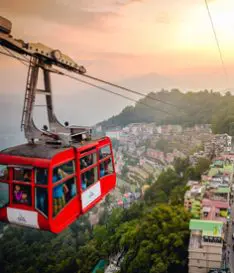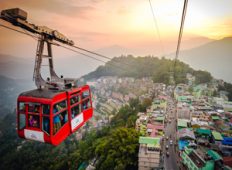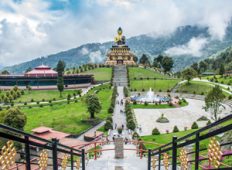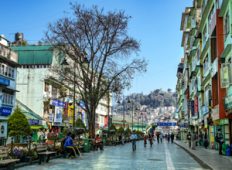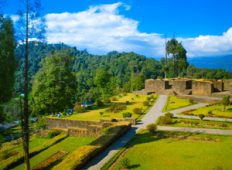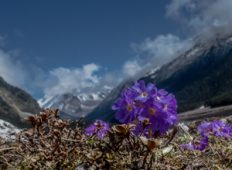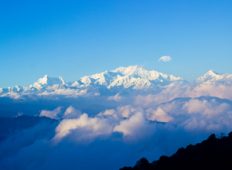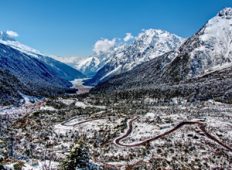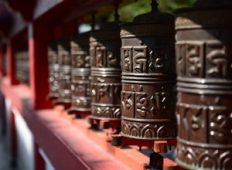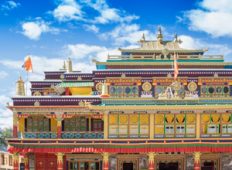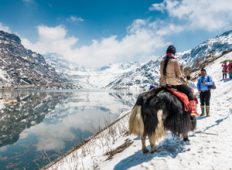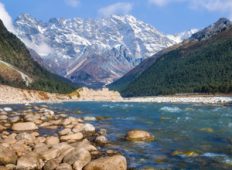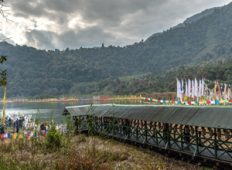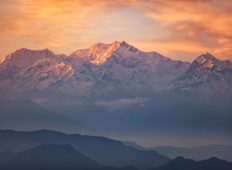RABDENTSE RUINS GUIDE
Why Should I Visit
The summer months spanning between March to May are the best time to visit Pelling. The temperature is pleasant and days clear and sunny. Winters i.e the months between December and February transform Pelling into a completely different avatar as the region experiences temperatures between minus zero to 14 °C. The higher ranges are covered in snow offering a brilliant view of the Himalayas along with the mighty Kanchendzonga, the highest mountain in India.
How Do I Get There
The closest town to Rabdentse is Pelling, located at a distance about 100 km from Gangtok, in West Sikkim. You can hire a cab to get here. The best way to get to Rabdentse is to take a walk from Pelling town. It takes about an hour to get here if you’re walking at a leisurely pace. Enroute lies the Pemyangste Monastery which is also worth exploring. If you are not in a mood to walk you can hire a cab to take you to Pemayangste from where the ruins are a mere fifteen minute walk away.
When Should I Land Up
Exploring the ruins of Rabdentse, the medieval capital of the erstwhile kingdom of Sikkim, is like peeping through a looking glass into the intriguing past of this Himalayan kingdom. Endless skirmishes for power, conniving members of the royal family, treacherous neighbours, exiled kings—all make up for quite a vibrant history.
The history of Rabdentse goes back to the 17th century when the second Chogyal (king), Tenstuk Namgyal, decided to move his capital from Yuksom in West Sikkim. By the late 18th century, however, Rabdantse was brought to a brutal end at the hands of the invading Gurkha army who left it in utter ruins.
Amidst these dense forests that carpet the hills near Pelling, in the 1600s, rose the monarchy of the Namgyal dynasty that ruled Sikkim for the next 333 years.
The ruins of Rabdentse lie in a valley towards the southwest of the Pemayangtse Monastery, one of the oldest and most important monasteries of Sikkim.
The Finer Details
As you enter an ornate gate to the ruins of Rabdentse on the Pelling-Geyzing road, a lovely trek through a forest of chestnut trees, past an enchanting lake, brings you to the debris of what once was the fortification wall that surrounded this medieval capital. Walk up a bit further and you will encounter the Namphogang—3 tall chortens, standing like sentinels on an elevated stone platform, overlooking the surrounding mountains. It was from here that the Chogyal along with his courtiers carried on his daily activities as a king and spiritual head, making important decisions and passing judgements. Next to the Namphogang lies the king’s austere throne made of stone, still intact.
The ruins of the royal enclosure that lies towards the north has an open quadrangle that houses the now derelict Dab Lhagang. Away from the southern wing that was open to the subjects, this was the prayer area, exclusive to the royal family. After another round of excavation, the ASI has also been able to identify remains of important areas such as the king’s personal quarters, a room for guards, an assembly room, the royal kitchen as well as the public courtyard.
The site also had a religious area meant for commoners. Numerous carved relief images were found here which are now housed in the nearby sculpture shed.
In History
Like most stories that revolve around Sikkim’s past, the history of the Chogyals too is closely associated with Guru Padmasambhava who travelled through this region in the 8th century, for it was he who foretold the rule of kings in Sikkim.
In 1642, the Namgyal dynasty was founded by the fifth-generation decendents of Guru Tashi, a prince of the Minyak house from Tibet’s Kham region. The first Chogyal of Sikkim, Phunsog Namgyal was crowned as the first king of Sikkim, in a place called Yuksom, about 30 km away from Rabdentse. He was succeeded by his son Tensung Namgyal who moved the kingdom’s capital to Ranbdantse in 1670. Once he established his capital here, he built the royal palace which was named ‘Song Khim’ meaning New Palace by one of his three queens who belonged to the Limbu clan. It is said that the name ‘Sikkim’ is derived from this very word.

